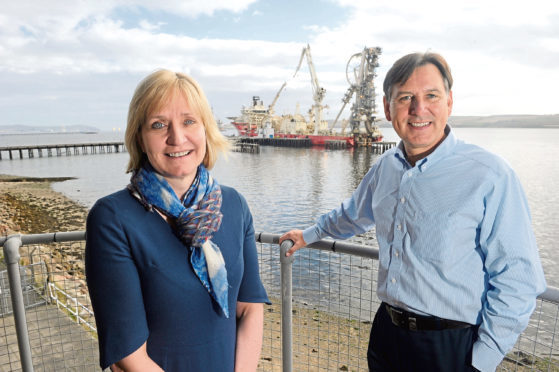
Turnover at the Highlands’ busiest port hit a record high last year, boosted by increasing renewable energy activity and booming cruise liner business.
Bosses at the Port of Cromarty Firth (PCF) said its successful year would allow it to invest in major developments, including new quayside and laydown space at Invergordon.
Figures released by the trust port in its annual review showed turnover rose to £9.9 million during the 12 months to the end of last December – almost £1.5 million more than its previous record high, achieved the year before.
The port’s pre-tax surplus rose to £2.6m from £2.4m over the period.
Although oil and gas activity still accounted for 59% of the year’s revenue, the organisation said diversification into renewables, decommissioning and the cruise industry was behind the improvement
PCF chief executive Bob Buskie said: “At the start of 2016, with low oil and gas prices, we knew the port had to adapt to sustain our growth and help keep local people in work.
“Firstly, supporting our core customers in oil and gas was a key concern. After the necessary consultation we introduced a new pricing for statutory dues in January 2017, which meant an average 5% reduction in fees for most clients; supporting them through the downturn.
“Secondly, the port had to look to the future and see what we could do to help sustain jobs and growth.
“This is where our diversification strategy came in, with 2017 seeing us undertake a project to introduce decommissioning to the port in an open port policy, where our supply chain could bid for work under our licences.”
“The £25m investment in our phase-three quayside and laydown area in 2015/16 allowed us to bid for renewable energy work.
“The largest project for this new berth was in support of the £2.6 billion Beatrice offshore wind farm project. The port was awarded two contracts by Seaway Heavy Lifting for laydown space, berthing and office space to support the 84-turbine wind farm. These contracts will run until the end of 2018.”
PCF chairman Douglas Russell said the successful year would allow it to reinvest 100% of profits into development.
Recommended for you
